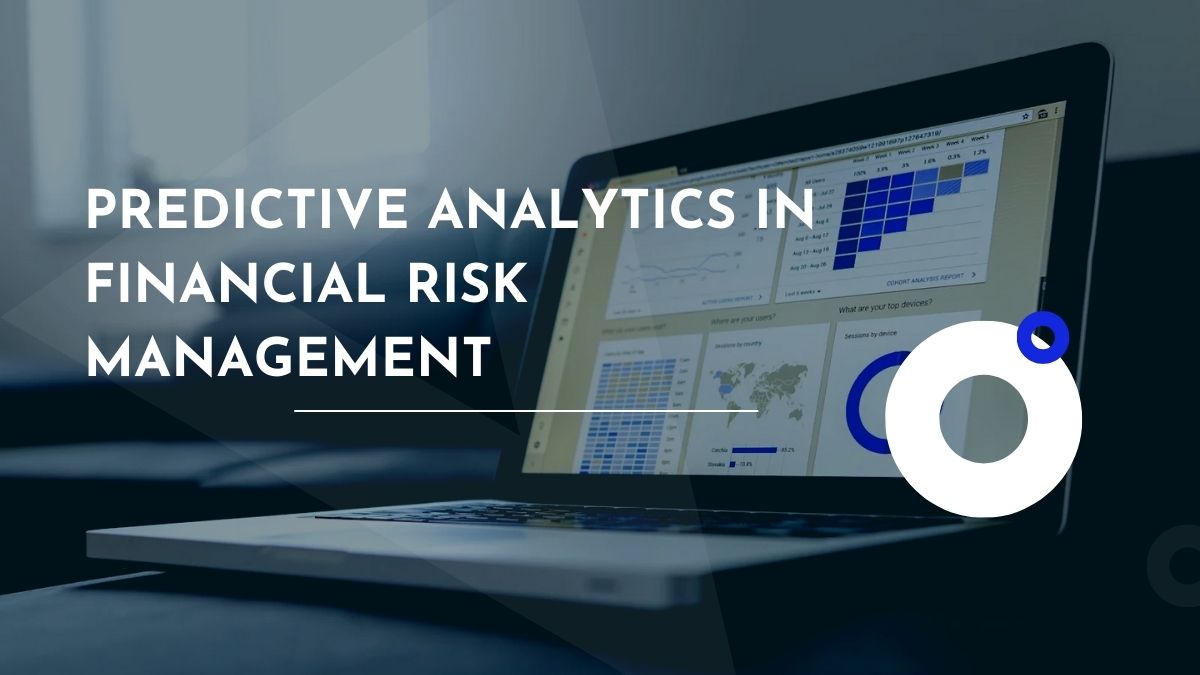Financial institution managers must take appropriate measures to manage risk effectively in today’s continuously changing environment. This is essential to avoid complications that could lead to instability and unprofitability. An effective way to do this is by leveraging predictive analytics in finance. Where other uncertainties may leave financial firms in the dark, predictive analytics provides the historical analysis and patterns necessary for success.
One of the most prominent tools for creating those models is R Programming, which is currently popular for risk analysis, statistical analysis and data visualisation. To better understand, let’s explore the importance of predictive modelling techniques in the risk management system of finance. We’ll also navigate how R can be used to build these models and the core skills to perform these tasks, so keep reading!
The Role of Predictive Analytics in Financial Risk Management
Financial risk management is one of financial institutions’ most fundamental operational necessities. Considering its significance across organisations today, predictive analytics has entered this realm, offering solutions backed by solid data.
Risk management with predictive analytics is improving traditional risk management by converting data into usable information. This analytical approach allows institutions to:
- Identify patterns in historical data to anticipate future trends
- Quantify risks such as credit defaults, market volatility and operational hazards
- Optimise decision-making by preparing for economic shifts and emerging market trends
For instance, a bank can use predictive models to assess the likelihood of customer loan defaults by analysing borrower history and economic indicators. Early detection of such risks empowers businesses to adjust strategies, prevent losses, and comply with regulatory frameworks.
Predictive Modelling Techniques for Risk Management
Effective predictive analytics in finance relies on advanced modelling techniques. Here are some widely used approaches:
- Linear and Logistic Regression
-
- Predict relationships between variables (e.g., predicting credit score changes)
- Logistic regression models help calculate the probability of default events
- Time Series Analysis
-
- Applied for making market forecasts and future interest rates
- Uses details of previous performances in the computation of probable performances in certain durations of time
- Machine Learning Algorithms
-
- This comprises decision trees, Random forest and support vector machine
- Recognises patterns which regular models can overlook, hence aiding in accurate risk assessments
- Monte Carlo Simulation
-
- Assesses the risk capability of varied financial outcomes in rather ambiguous environments
- Assists institutions in estimating the risk relative to the changing market conditions
For example, banks can use these credit risk models to determine the likelihood of customers defaulting on their loans by analysing their performance and other economic factors. Recognition of such risks in their infancy enables management to modify tactics, minimise risk and maintain legal requirements.
Building Predictive Models with R for Financial Risk Management
R is an indispensable tool in financial risk management. It supports efficient data analysis, predictive modelling and visualisation, enabling professionals to address complex financial challenges. Here’s how R programming for risk analysis is applied in practice:
- Data Cleaning and Preprocessing
Raw financial data often contains noise or missing values. R provides libraries like dplyr and tidyr to clean and structure the data for further analysis. - Building Models Using R Packages
R supports various packages to build predictive models by:
- Using forecasts for time-series predictions
- Leveraging caret for machine learning models like regression and classification
- Applying glm() function for logistic regression to predict event probabilities
- Visualising Risk Insights
R’s powerful visualisation tools, such as ggplot2, help transform complex data into insightful charts and graphs, enabling stakeholders to make informed decisions. - Scenario Analysis and Simulations
With tools like riskR and MonteCarlo, financial analysts can simulate scenarios to understand risk exposure and plan accordingly.
By mastering these functionalities, financial professionals gain a competitive edge, making R an invaluable asset for predictive analytics and risk management.
Why Predictive Analytics Skills Are Crucial in Financial Services?
As uncertainty gains ground and markets become more fickle, predictive analytics is no longer a desirable bonus but a necessity. R is one of the key tools for building predictive models, and professionals skilled in these tools and other such techniques are in high demand. From market behaviour prediction to compliance with the law, predictive analytics is the basic component of contemporary credit risk management.
Developing such skills and techniques not only helps to become more informed and make the right choices but also opens up the possibility of high-paying jobs. Anyone interested in building vast experience in this field will need to proceed to specialised programs, including financial services courses.
If you are serious about navigating the expanding field of predictive analytics and risk management, consider the Financial Services and Capital Markets Management Program offered by IIM Lucknow and Imarticus Learning. This elaborate course uses the R programming language to impart the latest information on financial markets, forecasting techniques, and risk assessment.
Conclusion
Today, predictive Analytics in finance has proven to be incredibly valuable. From identifying risks in advance to modifying decision-making performance, predictive models allow institutions to overcome uncertainty. Using R programming makes these models’ convenience a notch higher, making it a must-have tool in financial risk management.
Through specialised financial services courses, you can learn about the trends within the sector. The result? Enhanced proficiency in predictive analytics skills that help you fuel organisational success and secure a future in the financial field.

